Who Controls the User Experience? AMD’s Carrizo Thoroughly Tested
by Ian Cutress on February 4, 2016 8:00 AM EST#5 The Lenovo Y700 (Carrizo, FX-8800P + R9 385MX)
The Y700 pre-release unit we had access to didn't have a battery, or a wireless module. But it did have a ‘neat’ trick compared to the other APUs in this test, in that it is the 35W model of the AMD FX-8800P, which adds a bit more frequency in exchange for some additional power draw. Moving to 35W affords some benefits we’ll go into in a bit, although for some odd reason Lenovo didn’t take them here.
| Lenovo Y700 (Carrizo) Specifications | |
| Size and Resolution | 15.6-inch, 1920x1080 IPS |
| Processor | AMD FX-8800P (35W) Dual module, 4 threads 2.1 GHz Base Frequency 3.4 GHz Turbo Frequency |
| Graphics | Integrated R7 512 Shader Cores 800 MHz maximum frequency GCN 1.2 AMD R9 385MX Discrete GPU with 2GB GDDR5 512 Shader Cores 900-1000 MHz Core, 1200 MHz Memory GCN 1.2 Dual Graphics Not Available in Drivers |
| TDP | Chassis: 15W CPU: 35W |
| Memory | 16 GB in Single Channel Operation 2 x 8GB at DDR3L-1600 C11 Single Channel ONLY |
| Storage | 256GB Sandisk |
| Battery Size | None in our model 80Wh with 4 cell Li-ion design otherwise |
| WiFi | None in our model 802.11ac M.2 otherwise |
| Optical Drive | Optional |
| Dimensions | 15.24 x 10.91 x 1.02-inch 38.7 x 27.7 x 2.60 cm |
| Weight | 5.72 lbs 2.6 kg |
| Webcam | 1280x720 with array microphones |
| Ports | Memory Card Reader HDMI 2 x USB 3.0 + 1 x USB 2.0 Ethernet |
| Operating System | Windows 10 Home |
| Website Link | link |
The Y700 here is paired with a discrete graphics card, AMD's Radeon R9 385MX, which offers 512 streaming processors. The FX-8800P processor also has R7 graphics and 512 SPs at 800 MHz, and in theory one might think that these two automatically work with each other in dual graphics mode – but this design is not set up that way. So for this design, the user is paying for almost the same graphics design twice (though the discrete card has access to much faster memory), but one is essentially disabled or only comes on when the discrete card is shut off. Arguably one might postulate that the active idle power of the integrated graphics is lower than that of the discrete, but it seems expensive just for the sake of a few hundred mW. There could be another reason in display support, but it still seems odd. The user can however manually choose to invoke whichever graphics solution they wish from the Catalyst menu.
Another element of the design worth questioning is the memory. Carrizo as a platform does support dual channel memory, but it shares a design structure with Carrizo-L (Puma+) which is single channel only. As a result, a number of OEMs have designed one motherboard for both platforms, which means all Carrizo under that design are limited to single channel operation, reducing performance for the sake of some PCB design. This is an aspect we’ll get on to later, but it means that the Y700 has access to 16GB of DDR3L-1600 CAS 11 but in single channel mode. The fact that it is DDR3L-1600, even though Carrizo supports DDR3-2133, is another angle to tackle on how such a design can have performance issues.
For the other specifications, the Y700 gets a 1920x1080 IPS screen, a 256 GB Sandisk SSD and some Wi-Fi in an M.2 form factor. I say ‘some’ Wi-Fi, purely because our pre-production unit didn’t have any.
This low quality image of the insides shows the dual fan design for the 35W APU and discrete graphics, and we can confirm we didn’t see any throttling during our testing. The two memory modules, despite being part of a single channel design, sit on the right below the slim hard drive which we replaced with the 256 GB Sandisk SSD. There is also an M.2 slot next to this, though I believe this is SATA only, supporting form factors up to 2280.
Next to the M.2 slot is the bass speaker. The Y700 has an extra vent at the bottom for better sound, rather than muffled in a chassis:
The keyboard we had in our model was a mix English/Japanese variant, though the red backlight was easy to see through.
Brett actually has the Skylake variant in for testing, so I'll let him mull over the design a bit more, but on the sides:
The left gets a charging point, a USB 3.0 port, a multi card reader and a headphone jack. On the right are two more USB ports, a HDMI port, an expanding Ethernet port and a Kensington Lock hole.
Y700 Specific Testing
In the case of the display, out of those we tested it actually comes best in terms of color accuracy. While I don’t have a spectrophotometer to show you exactly in numbers, the colorimeter graph does the business:
Here red and blue are pretty much dead on accurate, but green is straying too low. The panel gives a good 1032 contrast ratio, with 0.216 nits at low brightness and 223 nits at peak. The peak isn’t very high, which might be a bit concerning in bright lights.
One of the downsides to these configurable TDP processors is that the ‘max TDP’ string doesn’t change. It is up to the OEM to do the firmware adjustments, but chances are they won’t open it up to regular users in case someone wants to put 35W through a chassis only designed to handle 15W. The way to tell is in the peak frequencies, and this one goes to eleven 3.4 GHz.
For the discrete GPU, we get 2 GB of dedicated memory and, thanks to the use of GDDR5, much greater bandwidth than just relying on DDR3 alone. The ‘CrossFire available’ message means that GPU-Z recognizes that the CPU and GPU can be both put to work together, but for whatever reason the drivers did not allow it when we tested.


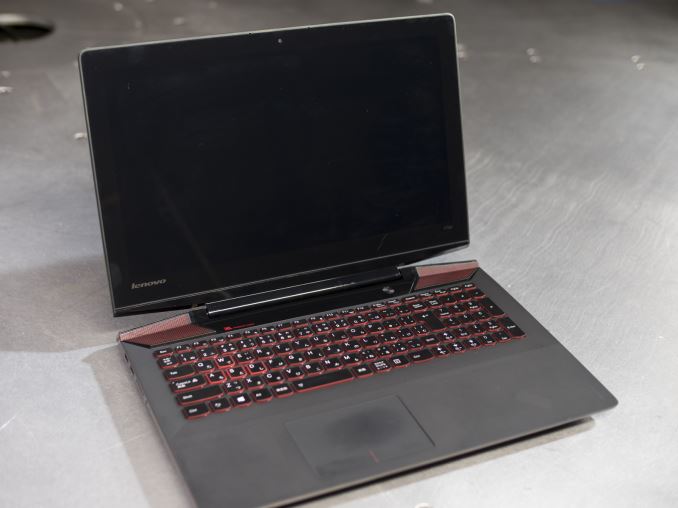






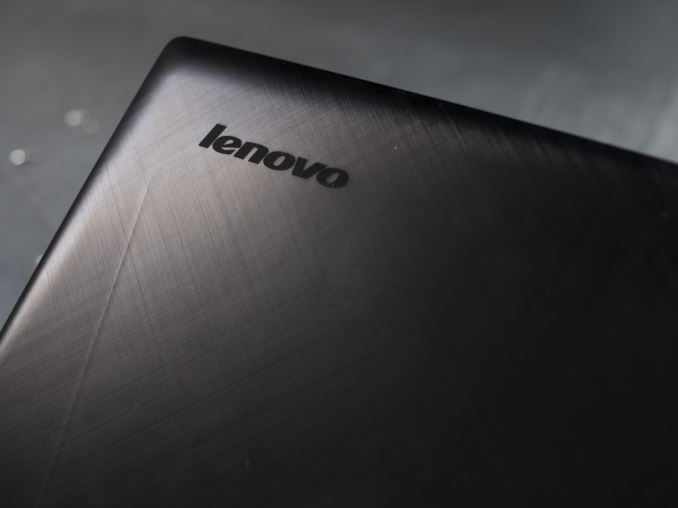
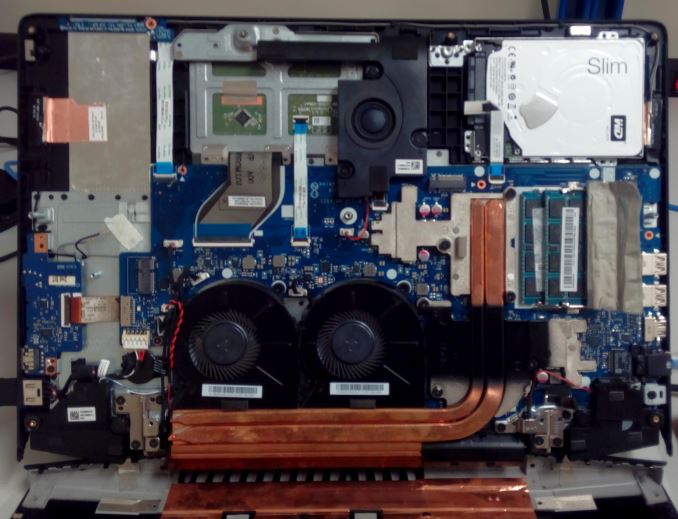
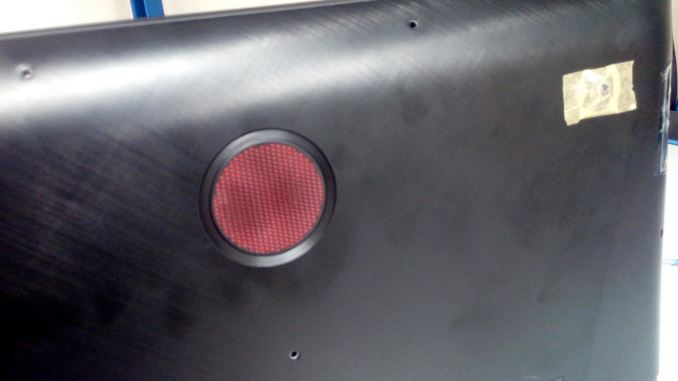
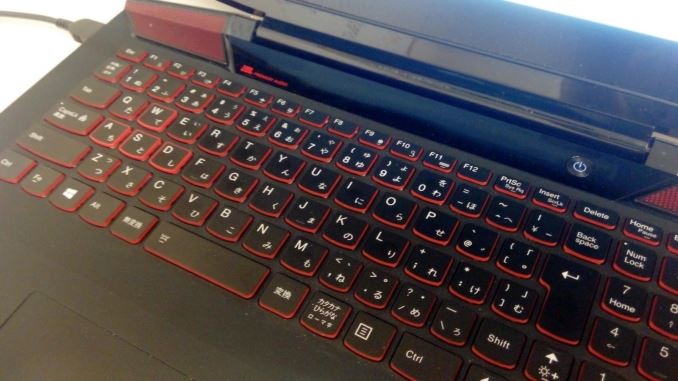

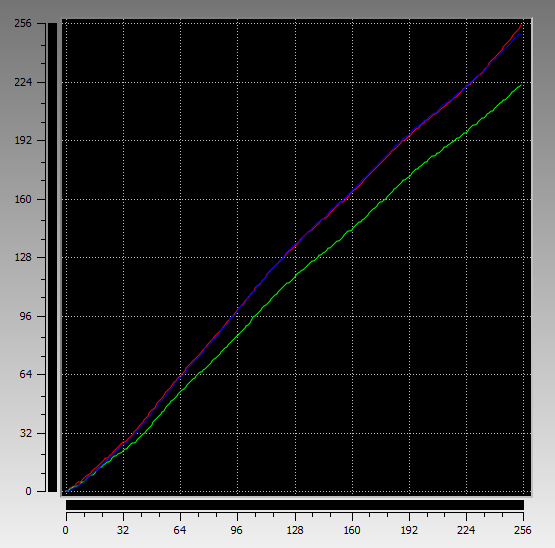
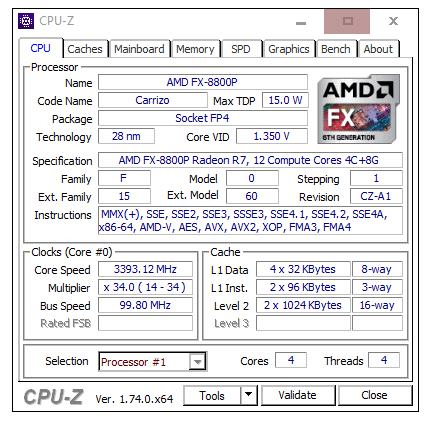
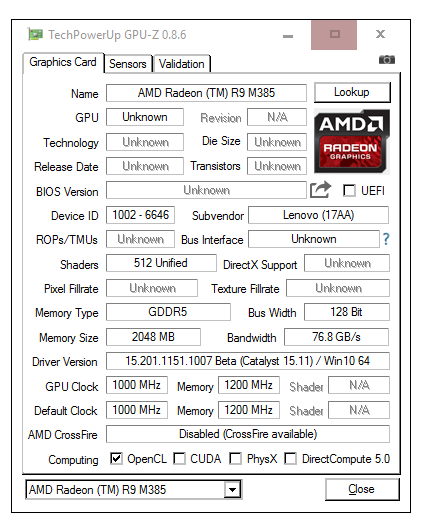








175 Comments
View All Comments
Gadgety - Sunday, February 7, 2016 - link
So AMD's marketing and distribution strategy is a failure. The way it's described it would seem consumers specifying their own PCs would be a away around the dominant logic determined by the existing channels. With today's production technology tailor made products on demand should be possible.The other thing I don't get, is why doesn't AMD release a desktop Carrizo 4K capable APU for the FM2+ platform? Do they want to help the motherboard manufacturers sell more motherboards once the new AM4 socket APU:s are out in 2017, or do they want to sell their own existing products?
JMC2000 - Sunday, February 7, 2016 - link
I think it's more along the lines of having an installed base of AM4 boards before any Zen-based APUs roll out.It is possible that if the Athlon X4 845 sells well, AMD could release a full Carrizo part on FM2+.
AlB80 - Sunday, February 7, 2016 - link
What is discrete graphic chip in Lenovo?512sp GCN1.2.... I suspect that this combination is unreal.
Jamesiii - Sunday, February 7, 2016 - link
I have actually ordered Dell's AMD A8-8600P. It is intended as a media machine with the selling points being the low power equating to quiet and the 4K capability. The one thing I did notice is that he does have the Single Channel DDR3L 1600MHz memory. There is no indication on if it unlocks the watts to 35, but I have my doubts given the choice of RAM.I will know more when I get it on Thursday and will update if anyone is still view this thread. But, at $380.00 it is not a bad choice for a media machine.
tygrus - Sunday, February 7, 2016 - link
OBM (the brands) bid for designs by the ODM's based on the design cost and the expected volume. I high cost Intel design can be made profitable by the expectation of very high volumes. Even the most popular AMD design is expected to sell fewer than a low-volume Intel design. Business limitations and commercial forces bias the system towards Intel. Intel also have deeper pockets to sponsor/partner/subsidise designs to make them Intel exclusive. From manufactures to distributors to retail, Intel penalise (withdraw discounts/subsidies) anyone who lets AMD gain market share (many limited to <10%) and limit the use of the "best" designs for AMD (forced to sell only A4 & A6 instead of A8 or better, limit battery and other features so Intel always looks better). The "Intel brakes" applied to AMD limits their opportunities and potential earnings. This has limited the AMD R&D spending and forced AMD to stay behind in some aspects. It's amazing what AMD has done with 28nm but think of the advantage they could have had with 22nm and 14nm if successful achieved much earlier (no more than 9months after Intel).every1hasaids - Monday, February 8, 2016 - link
I owned (owned being the operative word there) a Y700 with the AMD Carrizo FX8800P and can attest to the fact that the cooling solution and probably several other pieces of that device reviewed in this article are not the same design as what is available on the market in the US. There is a known issue of Lenovo skimping on the VRMs on the AMD Y700 which results in heavy throttling taking place. I couldn't play any game for more than 15 minutes before heavy throttling would occur. The data gathered from the review sample in this article should not be associated with the available product on the market. There appears to also be an FX-8700P variant of the Y700 out there however I cannot find any documentation of the existence of this device on Lenovo's site. Needless to say that I returned that laptop due to the significant throttling problems. I wish this site of some other site could get their hands on one of the FX-8800P Y700 laptops available in the US and put it through testing to reveal the problems with the unit. I'm guessing that they intend on releasing a Carrizo-L version of that laptop with the same motherboard which is why the VRMs are not up to the task of the 35w Carrizo and the added consumption of the dedicated graphics chip.Why are there no units out there that can handle the 35w TDP Carrizo and a dedicated graphics card!?!?!?! It would be a great alternative to the Intel/Nvidia gaming notebook monopoly.
I'm hoping Zen/Polaris will actually see some adoption from OEMs and maybe AMD could even get involved in assisting proper implementation of their products so that the negative stigma could get nullified.
Jamesiii - Monday, February 8, 2016 - link
The FX-8700P would more properly be called an A10-8700P. It sounds like a bit of marketing if they are using the FX handle.On gaming sites people are suggesting you turn off AMD's Turbo Core when gaming to avoid the FPS jumping up and down and overclock the processors. Overclocking a laptop is dicey at best though.
Malih - Monday, February 8, 2016 - link
maybe Microsoft should start making an AMD Surface laptop if they want good competition to drive PC SalesMarcelo Viana - Monday, February 8, 2016 - link
I just don't understand why in a comparison carrizo vs intel you didn't take out the intel chips memory in order to both have 1 channel memory, so do a benchmark for us in a same condition.The entire article show that intel offering has OEMs given what intel chips need, so the point in comparing carrizo vs intel is the chip itself not platform, since AMD has no platform at all.
Elensar286 - Monday, February 8, 2016 - link
That's a large focus of this article, though. The whole point was an investigation in to the implementation of Carrizo APUs by the OEM. It's highlighting exactly how like you said, the OEM platform, is hindering the potential of Carrizo processors.